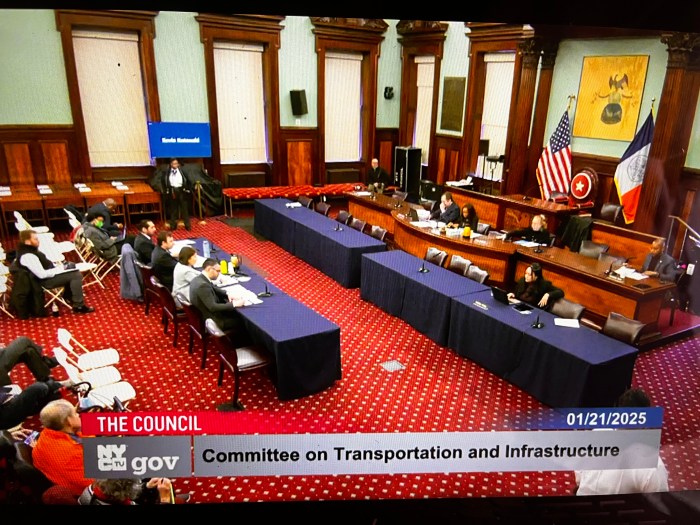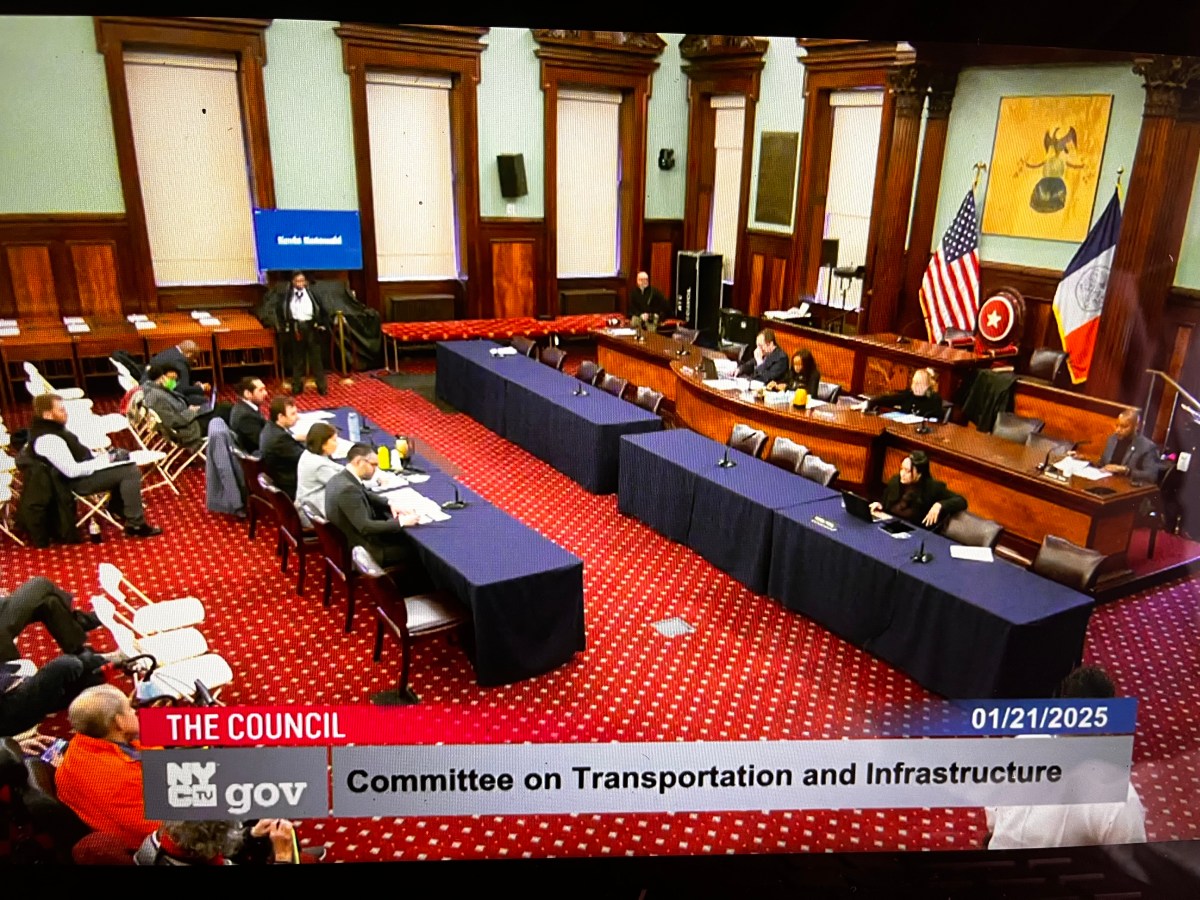WASHINGTON DC, Oct. 15, 2015 (IPS) – It’s a universally acknowledged truth that no nation can sustain open borders. Even the wealthiest, most popular “nations of immigrants” like the U.S. cannot possibly accept everyone who wants to immigrate here or even qualifies to do so
Nations have the core right and duty to choose who can immigrate: come in, stay, work and become a citizen. They do it through immigration laws established and enforced by democratic representative governments. Saying that, immigration decisions certainly are some of the most difficult any nation state must make.
Think of the U.S. and other highly desired immigrant host countries as a popular public college. Millions of people qualify for entry but college administrators get to and must choose who is accepted for admission. They are making life changing decisions for the applicants, and often agonizing ones for the colleges trying to be fair and diverse.
As a result, responding to changing conditions, college admission requirements usually change over time, as do immigration laws. But the admission policies in place at any one time have to be upheld and enforced (allowing for some flexibility in special cases) or there is chaos.
The U.S. 1965 Immigration and Nationality Act (INA) is 50 years old this year. It is the most liberal immigration law in the world, the legacy of Ted Kennedy and the last major Great Society bill to be passed by the “fabulous 89th Congress.” It truly changed the diversity of America. But it did not allow open borders. Instead it imposed a complicated seven per cent formula.
Still today, immigrants from any nationality can apply for a green card. But no nationality will get more than seven percent of all the permanent immigration visas granted in one year (currently about 1.2 million annually). Surplus applicants from that nation are placed on a waiting list. Every nationality is to be treated equally with no discrimination against and no preferences for (a political exception was made for Cubans in 1966).
The INA also changed another traditional admission priority for immigrants. Instead of basing admission on the individual migrant’s ability to work, as had been the case since earliest days of the nation (remember, handicapped and ill migrants were turned away at Ellis Island no matter how close a family member they were), the INA gave a priority for green cards to extended family members. “Family unification” not “work ableness” is still the top qualification for a green card today.
Significantly, the Congressional jurisdiction for immigration also changed from the Labor Committee to the Judiciary committee. Immigration suddenly took on the tenor of social justice and even a sacred civil right — which it isn’t of course. Now millions of people feel qualified to immigrate to the United States. Millions apply. The U.S. simply can’t take them all.
The agonizing universal truth about immigration is that immigrants get to apply but the nation state gets to decide based on national immigration laws. Those laws have two roles: to bring in the fresh new eager labor and energy of new immigrants that most every nation now wants to add to their growth and prosperity; and to protect the integrity, national identity and labor standards of the host country’s citizenry.
That difficult choice becomes a most terrible dilemma when facing millions of desperate migrants at the borders with their families. Humanitarian and ethnic supporters demand their right to immigrate. But even a collective of small well off nation states like the EU can’t provide enough housing, services and jobs for them all.
They can’t expect that hundreds of thousands of migrants from vastly different cultures will integrate within a reasonable time into their national cultures — ones based especially on freedom for women. Who among them should be chosen? What happens to the vast majority who aren’t?
Obviously massive permanent immigration is not a solution. It is unreasonable to expect nation states to do it and unfair to call them “anti-immigrant” when they won’t. Another process other than massive immigration will have to be negotiated to help citizens of failing states find refuge, peace and prosperity.
Peggy Sands Orchowski Ph.D. has covered immigration reform in Washington for the last 10 years and is the author of the new book, “The Law That Changed The Face of America: The Immigration and Nationality Act of 1965.”

























